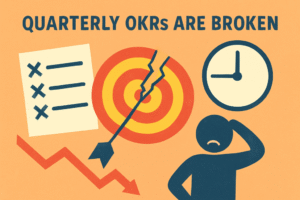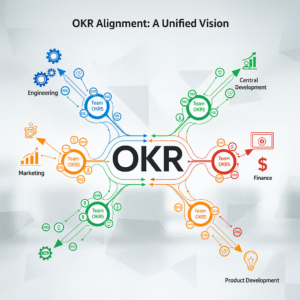Business owners tend to underestimate the cost of recruiting and retaining the talent needed to grow. In 2022, it was reported that companies spend an average of over $4,683 and about an eighth of the financial year for recruitment and training per new hire. Recruitment costs can add up, especially if your business has a high turnover rate.
Losing top talent is a cost that businesses have to consider. Perhaps the most immediate impact that losing employees has on an organization is lowering team morale. Employees enjoy having a friend or confidant in the workplace and seeing their colleague leave will weaken their connection to the organization. We saw this in mid-2021 as the “Great Resignation” had millions of employees leaving their jobs in droves.
Another benefit is that when employees do move on from the company, it would be easier to find a replacement. This is because more people would want to work at your company to experience the culture. About 77% of employees consider culture when applying to join a company, and 56% consider it to be more important than salary.
The costs of replacing employees illustrate the importance of establishing an inclusive and engaging culture within an organization. Dr. Ron Westrum would call this a generative culture. Creating an organization that people want to come to takes work. Introducing business agility to an organization can help establish practices that encourage a generative culture and be a place that supports and enables people. Of course, there is a secondary benefit beyond being good to people: that reducing staffing churn will raise the business’ bottom line.
Building a culture of collaboration
Increasing employee engagement is a challenge that many companies face. Low employee engagement means team members who don’t feel an attachment to the company. Additionally, employees who aren’t engaged tend to look for opportunities elsewhere or are simply less productive.
Keeping your employees engaged is key. One way introducing business agility helps with that by establishing a culture of collaboration. This is a culture where employees naturally work together to build on each other’s work.
Encouraging collaboration helps build ties between employees. Without that, once those colleagues are gone the employee likely follows. If the company creates a culture that the employee likes being a part of and feels essential to, then that person is more likely to stay. In fact, the companies that have the highest yearly retention rates are the ones that successfully establish a sense of belonging.
Cutting the cost of new hires
We’ve already established that recruiting, hiring, and training new employees can come at a huge cost to the company.
Business agility helps here by introducing the concepts of a learning organization. This affects the company’s bottom line by reducing or eliminating the need for such costs while also increasing engagement and productivity.
Enabling the right fit
When establishing a culture, inevitably not everyone will be on board immediately. However, this can be beneficial because it helps the company see what kind of person they need and who would fit best on the team.
Ultimately, establishing a culture enables a company to have more than just a traditional working relationship with employees. Instead, it helps a company create a sort of mutually beneficial partnership between them and their workers. This kind of relationship is one that employees value and will be willing to stay for, thus raising both the company’s retention rates and its bottom line.
Want to learn more about improving your company’s culture and why it’s important? Check out the Definitely, Maybe Agile podcast’s episode on this very topic.




